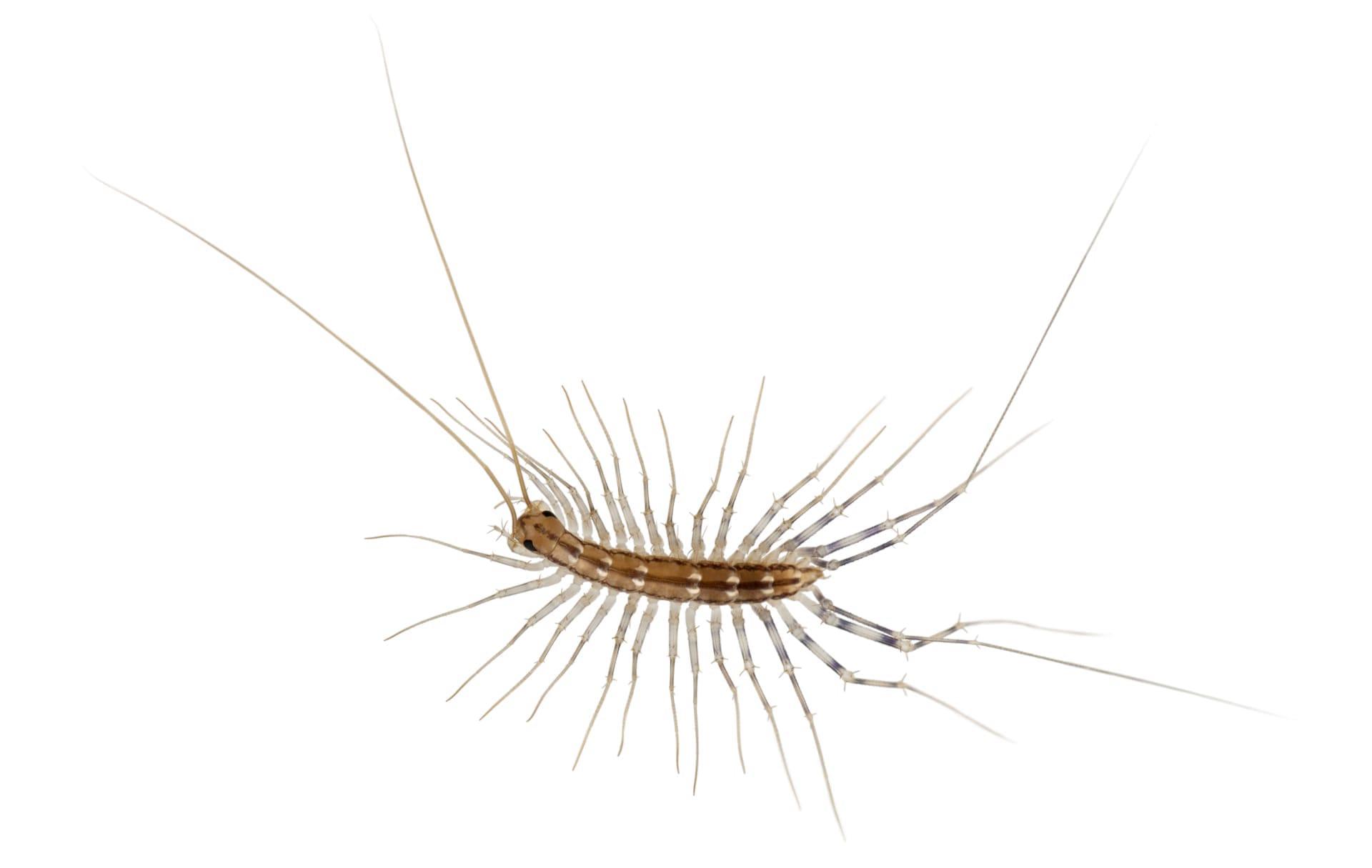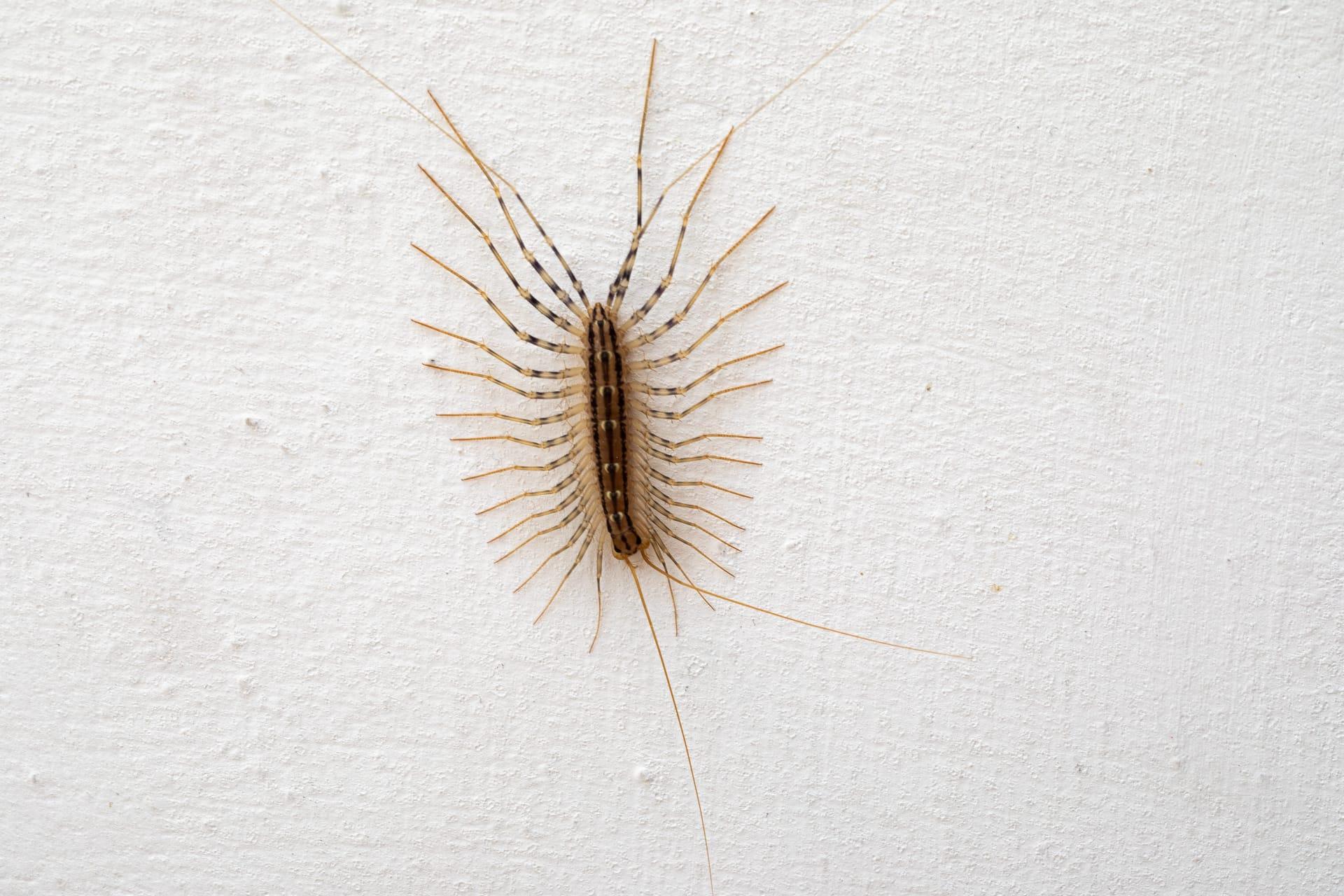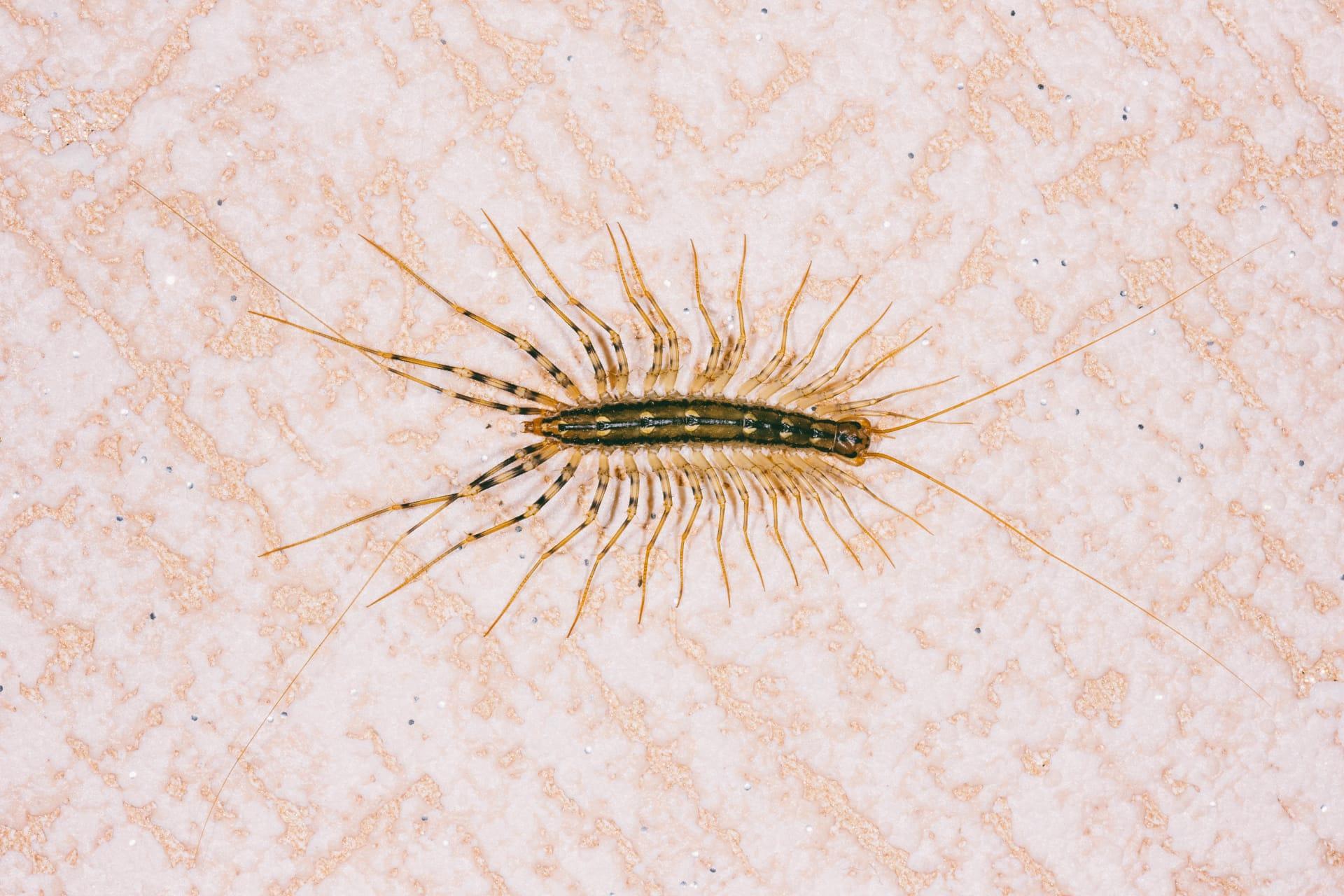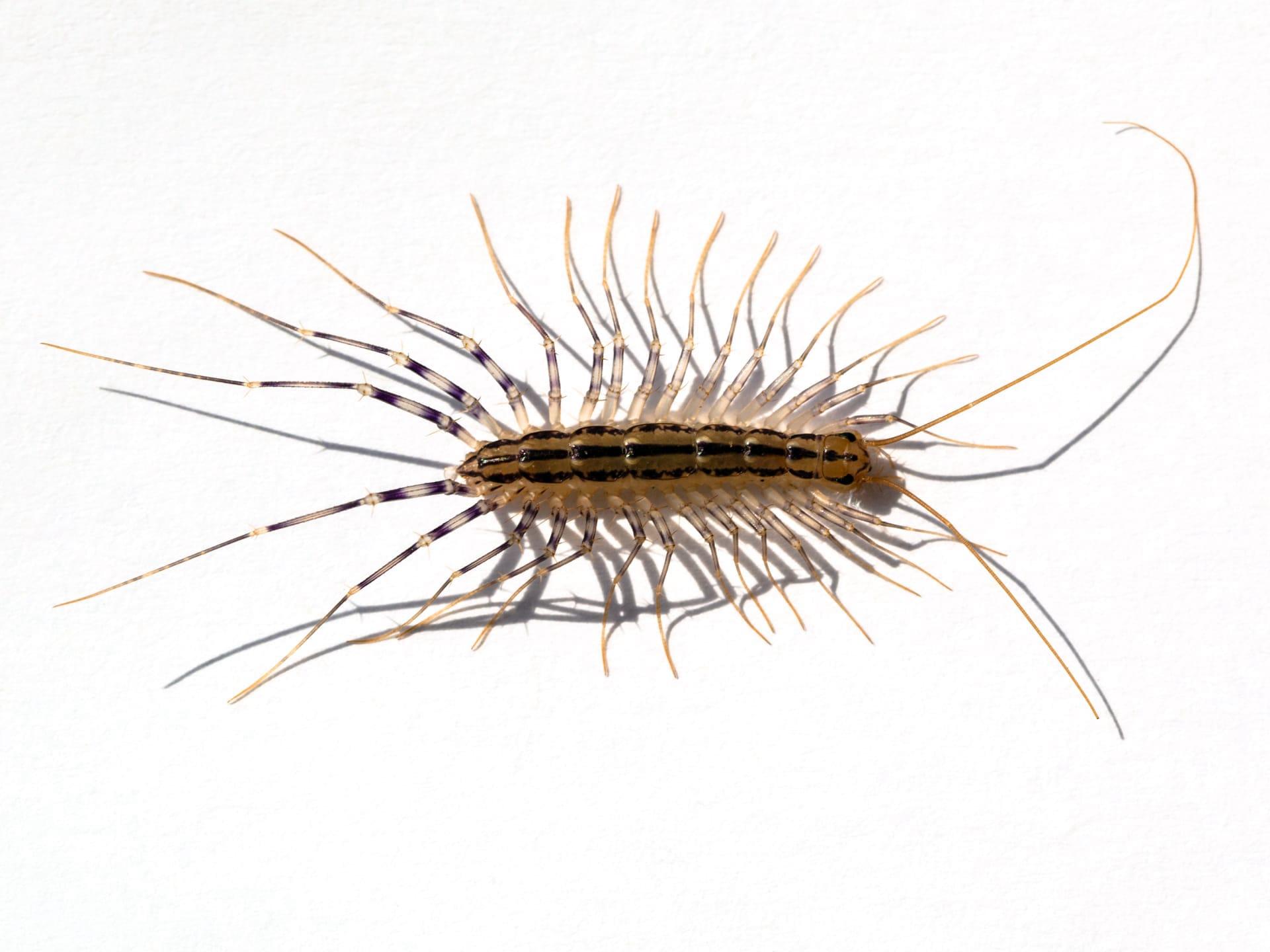House Centipede Trivia
- Home /
- Trivia Question /
- Animal /
- House Centipede Trivia
1
Question: How fast can a house centipede run, and how does this benefit them?
Answer: House centipedes can sprint up to 0.4 meters per second. This speed, combined with their startling agility, allows them to escape predators and catch their prey, which includes insects and spiders.
Question: What is the lifespan of a house centipede, and how does it differ in the wild versus in captivity?
Answer: In the wild, house centipedes live for about 3 to 7 years. However, in captivity, where they are safe from predators and have a steady food supply, they can live up to 10 years.

2
Question: Do house centipedes pose a danger to humans or pets?
Answer: Contrary to common belief, house centipedes are generally harmless to humans and pets. Their venom is not potent enough to cause serious harm, though their bites can be painful and may cause mild irritation or allergic reactions in some people.
Question: Are house centipedes dirty and do they spread diseases?
Answer: House centipedes are often misjudged as dirty pests. In reality, they do not spread diseases. They actually help keep the home environment cleaner by preying on other insects, which are often carriers of disease.

3
Question: How do house centipedes reproduce, and how many offspring can they produce?
Answer: House centipedes lay between 35 to 150 eggs in a single reproductive cycle. The female deposits these eggs in damp, protected environments. The offspring undergo several molts before reaching adulthood.
Question: Can house centipedes survive in water?
Answer: House centipedes are not aquatic creatures and cannot survive in water. However, they require a humid environment to prevent dehydration, which is why they are often found in damp areas of houses.

4
Question: What unique physical adaptations do house centipedes have for their survival?
Answer: House centipedes have long, sensitive antennae that help them navigate in the dark and detect prey. They also have a flattened body, enabling them to squeeze into narrow spaces, and their numerous legs give them exceptional speed and agility.
Question: How do house centipedes regulate their body temperature?
Answer: As ectotherms, house centipedes regulate their body temperature externally. They rely on the environment, seeking out warm or cool areas as needed. This is why they are often found in basements or bathrooms, where temperatures are more stable.

5
Question: What is the primary diet of house centipedes, and how does it benefit households?
Answer: House centipedes primarily feed on other insects, such as cockroaches, silverfish, spiders, and bed bugs. This diet makes them natural pest controllers in households, helping to keep populations of other, more harmful pests in check.
Question: How do house centipedes respond to environmental changes or threats?
Answer: House centipedes are highly sensitive to environmental changes. They react quickly to potential threats by running away or hiding. If trapped, they may drop some of their legs to escape, which can regrow during subsequent molts.